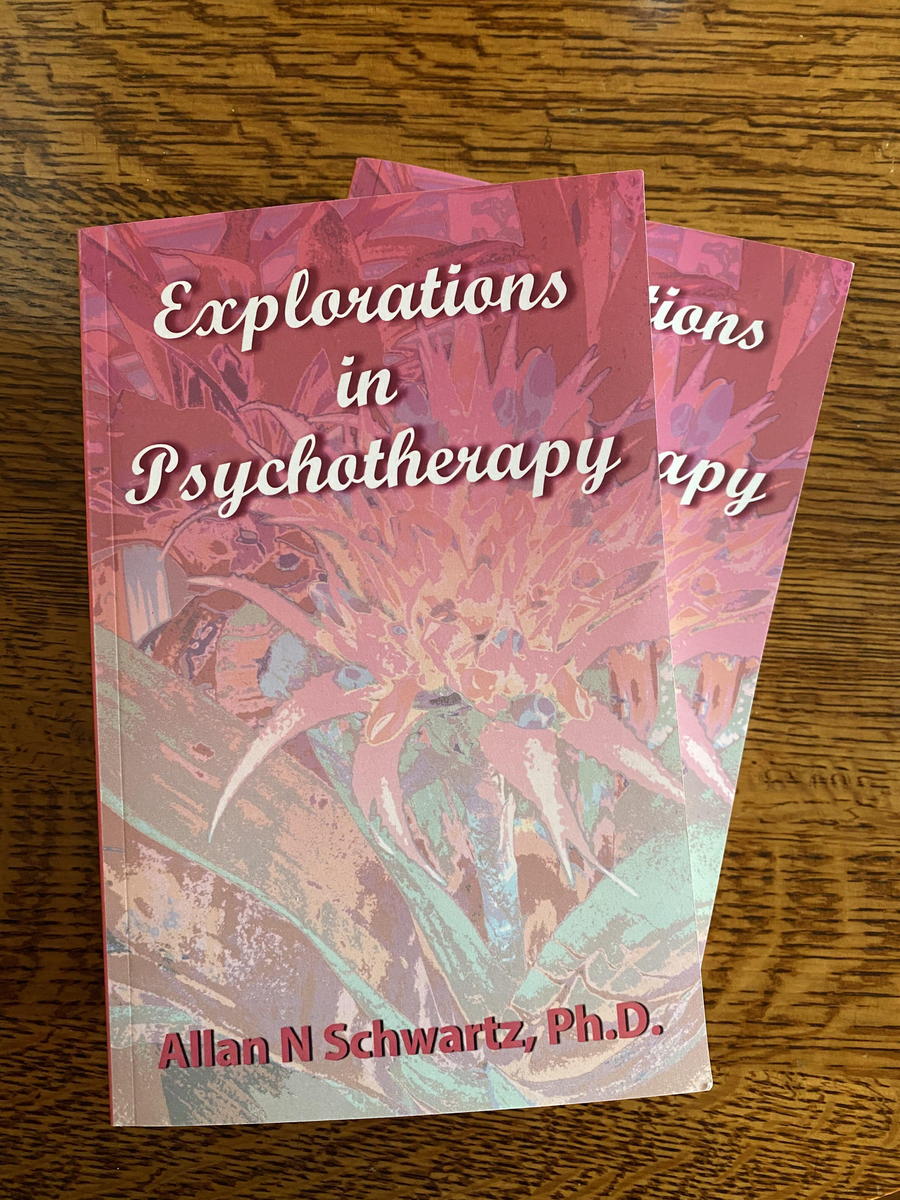Nail Biting
An old friend from our college days would sit in the school library doing homework or studying while biting down on his nails. He then started digging into the edges of the nails with his other hand to pull off the loosened cuticles. If anyone reminded him he was chewing his nails, he would pause for a while and  then, entirely without intention, resume the process.
then, entirely without intention, resume the process.
The whole drama was remarkable because I had no such wish or impulse to do the same.
Did you ever bite your nails? If the answer is yes, you are not alone. Studies show that 60% of children and 45% of teens bite their nails. After age 18, the percentages of people who bite their nails dwindle. However, there are some cases of this continuing during adulthood. So, why does nail biting occur at all?
Nail-biting is part of pathological grooming. This is a group of behaviors that include hair pulling, trichotillomania, and skin picking, known as dermatillomania. Situations that provoke stress and anxiety may trigger these behaviors. As with my old friend, homework and studying are undoubtedly stressful for most. Exams, term papers, and quizzes generate lots of worry and anxiety. Nail-biting becomes a way to relieve stress. Soon, it turns into a habit. Contrary to what some believe, it is not a habit that disturbs the nail-biter. Quite to the contrary, it feels good, which is part of the reason it’s hard to stop.
Some mental health professionals have suggested that nail-biting may be a symptom of Obsessive-Compulsive Disorder (OCD) because they are aware of what they are doing but cannot stop. However, though aware of the problem, many nail biters have no wish to stop.
While stress may be one reason people bite, there is no solid research into this behavior and no identified reasons it happens. In addition, there is no clear evidence that nail-biting is harmful either mentally or physically. There are good reasons to stop. For example, fingers and hands can look unattractive due to broken fingernails that look shredded and torn. Also, putting hands to the mouth is unsanitary and increases the risk of introducing viruses into the system. That is one-way germs, such as the flu, spread from one person to another.
There are a variety of strategies that people can use to stop this habit. One is to wear a bracelet that jingles. Jingling helps the individual realize they are biting and, therefore, stop. In addition, meditation, yoga, and other deep relaxation techniques relieve stress and tension to reduce the need to chew.
Another technique is to keep the hands busy by holding a pen, knitting, or any other behavior that competes with nail-biting. It’s impossible to bite if the hands are doing other things. Some people have suggested keeping nails short and getting a manicure as a way of preventing one from putting a hand to mouth. Being aware of good hygiene to avoid colds and flu might also help. Finally, using post-its helps remind one to not bite.
Suppose this becomes a problem that interferes with social and functioning at work. In that case, it could be a symptom of a deeper problem that calls for psychotherapy. While nail-biting is harmless for most people, there are cases where this is not true. If you are uncertain about your nail-biting behavior, a consultation with a mental health practitioner is a good idea.
Contact Dr. Schwartz at [email protected]
